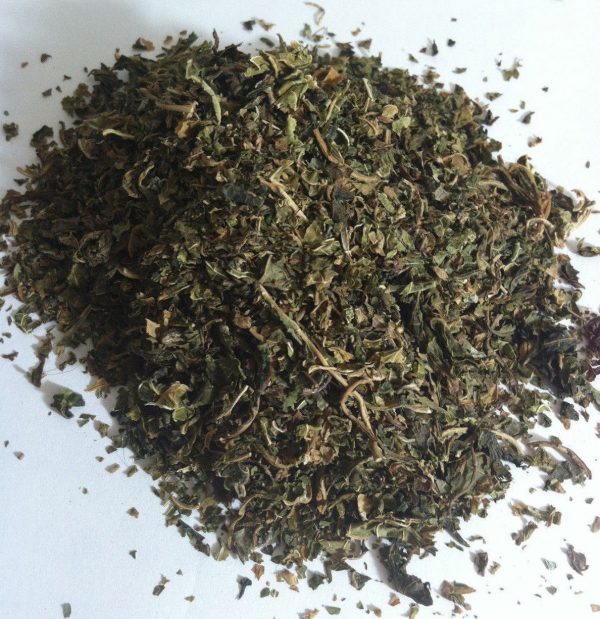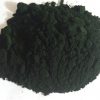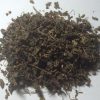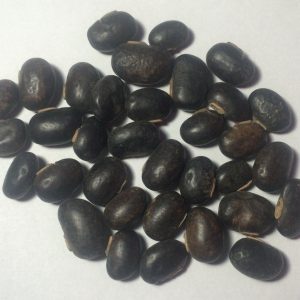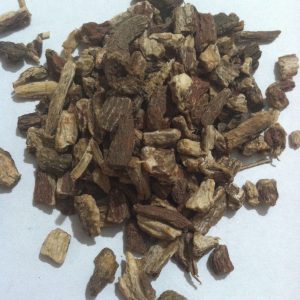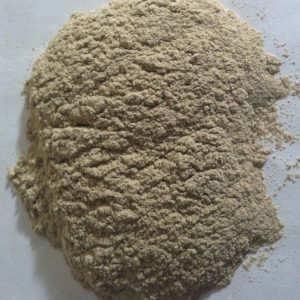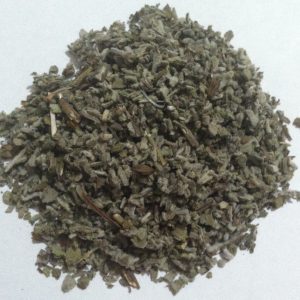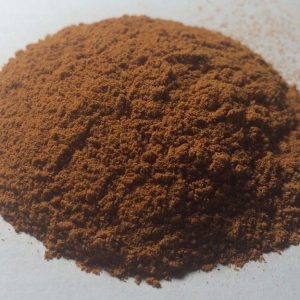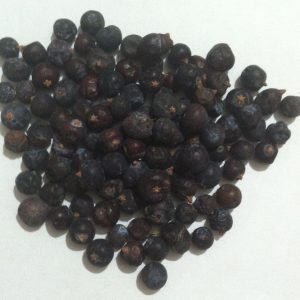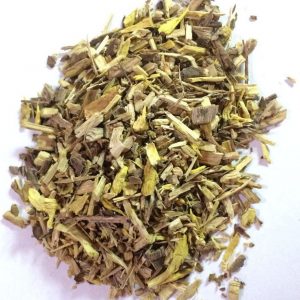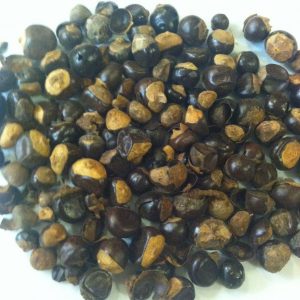Description
Also known as Carica papaya, Custard Apple Leaf. Introduction The papaya is a small tropical tree with a straight stem marked by scars where leaves have fallen directly from it. Papayas do not have branches. The papaya fruit is pear-shaped with a bright golden-yellow skin. The flesh of the fruit is a brighter orange-yellow, juicy and silky smooth, with a sweet and sour flavor. The shiny gray or black seeds in the interior of the fruit have a peppery taste and are edible, although they are usually discarded. The papaya is an extraordinarily useful plant. In the tropics around the world papaya is the breakfast fruit, served either green or ripe. The juice is a popular beverage, and the leaves and young stems are steamed and served as a vegetable. The fruit yields an enzyme, papain, best known as a digestive aid but most commonly used to “clear” freshly brewed beer. Constituents The leaf contains beta-carotene, calcium, carpaine, fats, flavonols, niacin, papain, tannins, and vitamin C (in higher concentration in the leaf than in the fruit). The leaf, unlike the fruit, is not a source of the protein-dissolving enzyme papain, but the latex (sap) in the leaf stem is. Papain remains in leaf preparations that have been dried over low heat, but it may be destroyed in products that are dried at high heat. Parts Used Dried leaf. Typical Preparations Infusions or teas, taken in small doses. For convenience it may be taken as a capsule or extract. Precautions Avoid overdosing. Excessive use of the herb can result in a very strong laxative effect. For educational purposes only This information has not been evaluated by the Food and Drug Administration. This information is not intended to diagnose, treat, cure, or prevent any disease.



